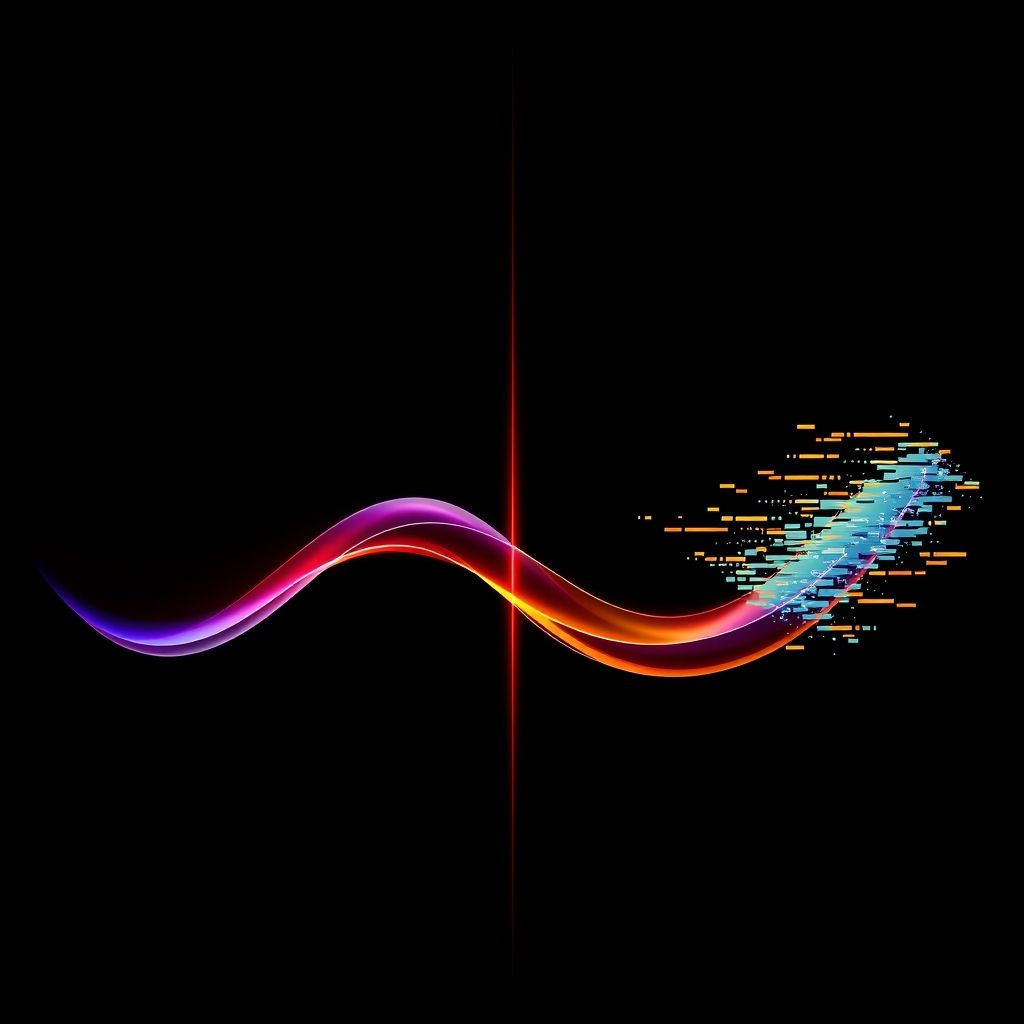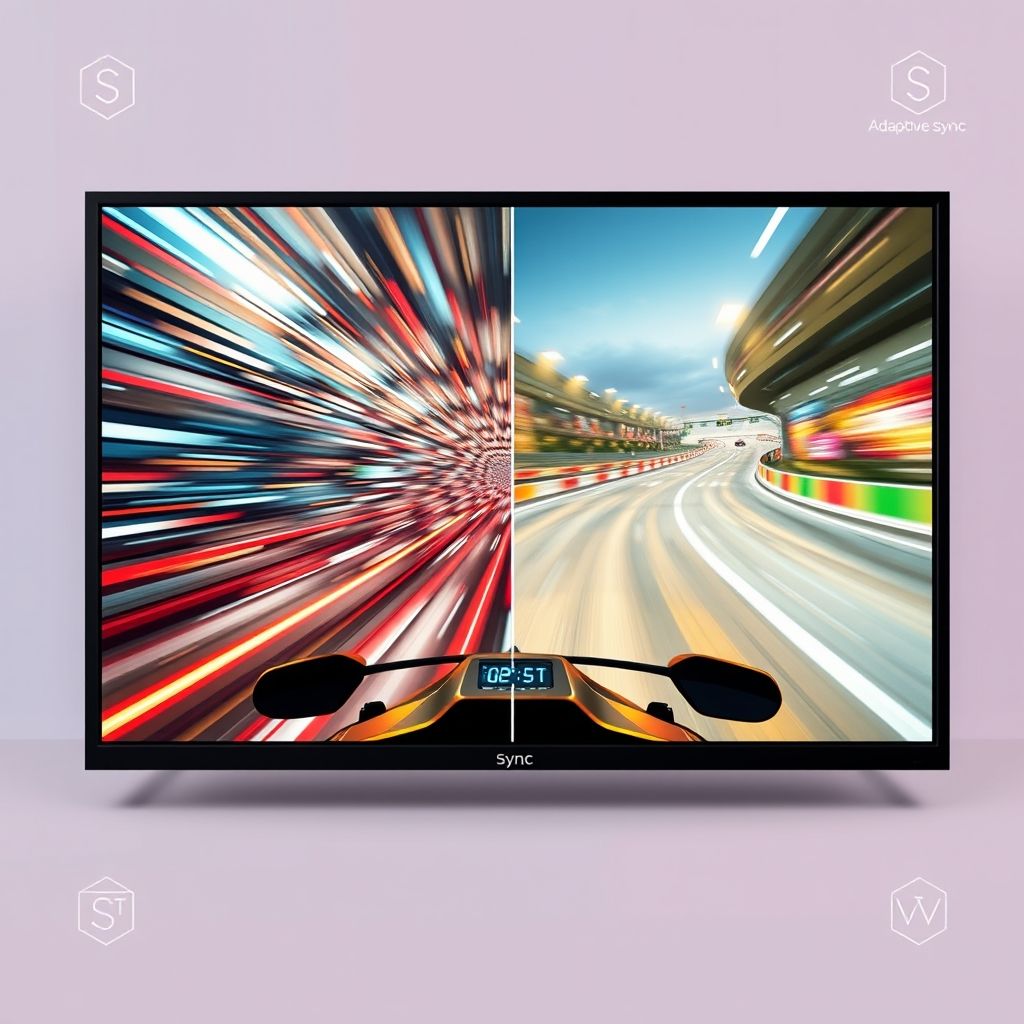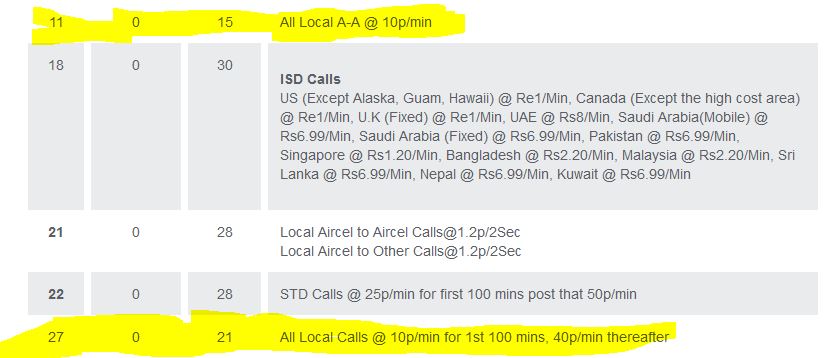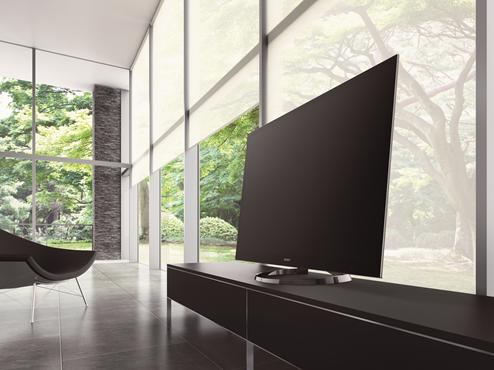Ever found yourself mesmerized by how incredibly smooth a screen looks? Whether you’re effortlessly gliding through your social feeds or witnessing hyper-realistic gameplay, that buttery, crystal-clear motion isn’t magic – it’s the refresh rate of your display hard at work. You might have heard the term, but what exactly is it, and why does it matter so much?
Table of Contents
What Exactly is Screen Refresh Rate (Hz)?
At its core, a screen’s refresh rate is a measure of how many times per second the image on the screen is updated, or ‘redrawn.’ This is measured in Hertz (Hz). So, a display with a 60Hz refresh rate refreshes the image 60 times every single second. A 120Hz display updates it 120 times, and a 240Hz display, you guessed it, 240 times per second. Think of it like a super-fast digital flipbook: the more pages (frames) it can flip through per second, the smoother the animation appears to your eyes.

Visualizing the Difference: Why Higher Hz Feels Better
The jump from a traditional 60Hz display to something higher, like 120Hz, 144Hz, or even 240Hz, is often a night-and-day difference, especially when there’s motion on screen. Here’s what you gain:
- Smoother Motion: Everything from your mouse cursor gliding across the screen to fast-paced action sequences in movies or games appears significantly more fluid and lifelike.
- Reduced Motion Blur: When objects move quickly on a lower refresh rate screen, they can appear blurry or leave trails. Higher refresh rates drastically reduce this effect, leading to clearer, sharper images during motion.
- Improved Responsiveness: Especially in gaming, a higher refresh rate can contribute to a feeling of more immediate response to your inputs. Because you’re seeing new frames more frequently, the on-screen action feels more connected to your commands.

Need a Quick Visual? Our Brains Love Speedy Updates!
Speaking of things updating faster than your brain can sometimes process, a quick visual can be worth a thousand Hertz! If you’re curious to see a snappy summary, check out our YouTube Short that breaks this all down in under 60 seconds:
See? Fast, smooth, and informative – just like a high refresh rate display aims to be!
Who Benefits Most from High Refresh Rates?
While nearly everyone can appreciate a smoother display, certain users will notice the benefits of high refresh rates more profoundly:
- Gamers: This is the most significant group. In fast-paced competitive games (like first-person shooters, racing simulators, or fighting games), higher refresh rates (120Hz, 144Hz, 240Hz, or even higher) can provide a tangible edge. Smoother visuals make it easier to track fast-moving targets, react quicker to in-game events, and enjoy a far more immersive and responsive gaming experience.
- Creative Professionals: Video editors and animators working with high frame rate content will find that a high refresh rate monitor allows for more accurate playback and smoother scrubbing through timelines, making the editing process more efficient.
- General Users: Even for everyday tasks like scrolling through long web pages, complex documents, or social media feeds, the enhanced smoothness of a 90Hz or 120Hz+ display can make the experience more pleasant and potentially reduce eye strain for some individuals. The entire user interface just feels more fluid.

The Point of Diminishing Returns: Is More Always Better?
It’s important to touch upon the concept of diminishing returns. The leap from a 60Hz display to 120Hz or 144Hz is usually very noticeable and highly impactful for most users. However, the difference between, say, 144Hz and 240Hz, while still perceptible (especially to highly trained eyes or competitive gamers), might be less dramatic for the average user compared to the initial 60Hz to 120/144Hz jump. Going even higher, to 360Hz or beyond, the perceived improvement becomes increasingly subtle for most people, often while the cost of the display increases significantly. It’s about finding the sweet spot for your needs and budget.
Beyond Just Hertz: Other Critical Factors for Display Smoothness
Refresh rate is a crucial specification, but it’s not the sole determinant of display quality and perceived smoothness. Several other factors play a vital role:
- Pixel Response Time: This measures how quickly an individual pixel can change color (often cited as grey-to-grey or GtG). A slow response time on a high refresh rate monitor can lead to ‘ghosting’ (faint trails behind moving objects) or smearing, which can negate some of the clarity benefits of high Hz. For a good experience, look for response times of 5ms or less, with 1ms (or lower) being ideal for competitive gaming.
- Panel Type: Different display panel technologies (IPS, VA, TN, OLED) offer varying balances of color accuracy, viewing angles, contrast ratios, and response times.
- TN (Twisted Nematic): Historically offered the fastest response times, making them a favorite for competitive gamers, but they usually have poorer color reproduction and narrower viewing angles.
- IPS (In-Plane Switching): Known for excellent color accuracy and wide viewing angles. Modern IPS panels have significantly improved response times, making them a great all-around choice.
- VA (Vertical Alignment): Typically provide the best contrast ratios (leading to deeper blacks), good color reproduction, but can sometimes suffer from slower response times in certain transitions, potentially causing ‘black smearing’ in dark scenes.
- OLED (Organic Light Emitting Diode): Offer per-pixel lighting, resulting in true blacks, incredibly vibrant colors, and near-instantaneous response times. They are becoming more common in high-end monitors and TVs but can be more expensive and historically had concerns about burn-in (though this is improving).
- Resolution: A 4K (3840×2160) monitor at 60Hz will look statically sharper than a 1080p (1920×1080) monitor at 120Hz due to higher pixel density. However, the 1080p/120Hz monitor will offer much smoother motion. You need to decide which aspect – static sharpness or motion fluidity – is more critical for your use case, or find a display that offers both (e.g., 1440p at 144Hz+).
- Adaptive Sync (NVIDIA G-Sync & AMD FreeSync): This is a game-changing technology. Adaptive Sync synchronizes your monitor’s refresh rate in real-time with the frame rate being output by your graphics card. This is hugely important because it eliminates screen tearing (where the image appears fractured or split horizontally) and reduces stutter when your game’s frame rate fluctuates below the monitor’s maximum refresh rate. A 144Hz monitor with G-Sync or FreeSync will often provide a vastly superior and smoother experience than a 144Hz monitor without it, especially if your GPU can’t consistently output 144 FPS.

Can Your Hardware Keep Up? The GPU & CPU Connection
A super-high refresh rate monitor is only as good as the hardware driving it. To truly benefit from a 144Hz, 240Hz, or even higher refresh rate display, especially in demanding games at higher resolutions, you need a graphics card (GPU) and processor (CPU) that can consistently produce enough frames per second (FPS) to match or exceed the monitor’s refresh rate. If your GPU can only output, say, 70 FPS in your favorite game, a 144Hz monitor won’t magically make it smoother than 70 FPS. While Adaptive Sync will still help by preventing tearing and smoothing out fluctuations at that 70 FPS, you won’t get the full benefit of the 144Hz capability. Aim for your GPU to be powerful enough to push frame rates close to or exceeding your monitor’s refresh rate for the optimal experience.
How to Check and Change Your Screen’s Refresh Rate
Curious about what refresh rate your current display is running at, or want to see if you can select a higher one? Here’s how you can typically check and change it:
- On Windows (Windows 10 & 11):
- Right-click on your desktop and select ‘Display settings.’
- Scroll down and click on ‘Advanced display’ or ‘Advanced display settings.’
- Under the ‘Choose a refresh rate’ section (or similar wording), you’ll see the current setting and a drop-down menu to select other supported rates for your connected display.
- On macOS:
- Click on the Apple menu in the top-left corner and go to ‘System Settings’ (or ‘System Preferences’ on older versions).
- Click ‘Displays’ in the sidebar.
- Select your display if you have multiple. You should see a ‘Refresh Rate’ pop-up menu where you can select from the available rates.
(Disclaimer: The exact steps and menu names might vary slightly depending on your specific operating system version and graphics card drivers/control panel software.)
Is a High Refresh Rate Display Worth It for You?
This is the million-dollar question, and the answer truly depends on your primary usage, sensitivity to motion smoothness, and budget:
- If you’re a serious gamer, especially in fast-paced genres: Yes, absolutely. Investing in a high refresh rate monitor (120Hz as a good starting point, 144Hz+ even better) with adaptive sync is one of the most impactful upgrades you can make for a better gaming experience.
- If you’re a casual gamer or primarily play slower-paced games: A standard 60Hz or 75Hz display might be perfectly fine. However, even casual users will likely appreciate the added smoothness of 120Hz+ if their budget allows.
- If you primarily use your computer for general productivity, web browsing, and media consumption: 60Hz is generally adequate for most. However, if you spend a lot of time scrolling, or if you’re particularly sensitive to screen smoothness, moving up to 90Hz or 120Hz (which are becoming increasingly common on many newer laptops and even some smartphones) can make the daily user experience feel significantly more premium and comfortable.
- If you’re on a tight budget: You might need to prioritize. If high refresh rates push displays with good panel quality (e.g., IPS for colors) or desired resolution out of your price range, you’ll need to weigh what’s more important for your specific needs. Sometimes, a good quality 60Hz IPS panel is better than a poor quality 120Hz TN panel if gaming isn’t your absolute priority.
The Future of Refresh Rates: What’s Next?
Display technology is in a constant state of evolution. We’re already seeing consumer monitors pushing well beyond 360Hz, with 500Hz+ prototypes being showcased. Technologies like MicroLED and further advancements in OLED promise even better pixel response times, higher brightness, and greater efficiency. While there will always be a point of diminishing perceptual returns for human vision, the industry’s pursuit of smoother, clearer, and more instantaneously responsive displays continues unabated. Expect to see higher refresh rates become increasingly mainstream and affordable across all categories of devices, from desktop monitors and TVs to laptops, tablets, smartphones, and virtual/augmented reality headsets.
Conclusion: The Smoothness Secret Unveiled
Understanding screen refresh rates (Hz) empowers you to make more informed decisions when choosing your next digital window to the world—be it a monitor, laptop, TV, or even smartphone. It’s not just an arbitrary number on a spec sheet; it’s a fundamental characteristic that directly impacts how smooth, clear, and responsive your entire visual experience feels. From the fluid scroll of a webpage to the critical split-second advantage in an intense gaming session, higher refresh rates can genuinely transform your interaction with technology. So, the next time you admire that ‘buttery smooth’ display, you’ll know it’s the refresh rate flexing its muscles, redrawing your world one ultra-fast frame at a time!
Frequently Asked Questions (FAQs) about Screen Refresh Rates
Q1: Does a higher refresh rate use more power?
A: Yes, generally, displaying more frames per second requires both the display panel and the graphics card to work harder, which can lead to slightly higher power consumption. Many modern displays and operating systems feature variable refresh rate technologies that can automatically lower the refresh rate when displaying static content to conserve power, then ramp it up for motion.
Q2: What’s the difference between refresh rate (Hz) and frame rate (FPS)?
A: Refresh rate (Hz) is a characteristic of the display – it’s how many times per second the display can update or redraw the image. Frame rate (FPS – Frames Per Second) is a measure of how many frames your computer’s graphics card (GPU) is actually producing or rendering per second. For the smoothest visual experience without screen tearing, you ideally want your GPU’s FPS to match or be very close to your monitor’s refresh rate, often managed effectively by Adaptive Sync technologies (G-Sync/FreeSync).
Q3: Can I really see the difference between 60Hz and 120Hz?
A: For the vast majority of people, the difference between 60Hz and 120Hz (or higher) is very noticeable, particularly when there’s any motion on screen. Simple actions like moving your mouse cursor, scrolling through web pages, or playing games will appear significantly smoother and clearer on a 120Hz display compared to a 60Hz one.
Q4: Do I need a special cable for high refresh rates?
A: Yes, sometimes. To achieve higher refresh rates, especially at higher resolutions (e.g., 1440p at 144Hz, or 4K at 120Hz), you’ll need a cable that supports the required data bandwidth. DisplayPort cables (typically version 1.2, 1.4, or newer) are generally preferred and often required for the highest refresh rates on PC monitors. HDMI 2.0 can support high refresh rates at lower resolutions (like 1080p/1440p), while HDMI 2.1 is necessary for very high refresh rates at 4K resolution and above. Always check the specifications of both your monitor and your graphics card to ensure compatibility and use a quality cable rated for the bandwidth you need.
Q5: Is “motion rate” or “effective refresh rate” on TVs the same as true native refresh rate (Hz)?
A: Not always, and this is a common point of confusion. TV manufacturers often use marketing terms like “Motion Rate 120,” “TruMotion 240,” or “Effective Refresh Rate XXXX” that can be misleading. These numbers often refer to motion interpolation technologies (inserting artificially created frames) or backlight scanning/blinking techniques, rather than the panel’s native refresh rate. Always look for the native panel refresh rate, which is usually 60Hz or 120Hz for most modern TVs. A 120Hz native panel will provide genuinely smoother motion than a 60Hz native panel, regardless of the inflated “motion rate” numbers.



